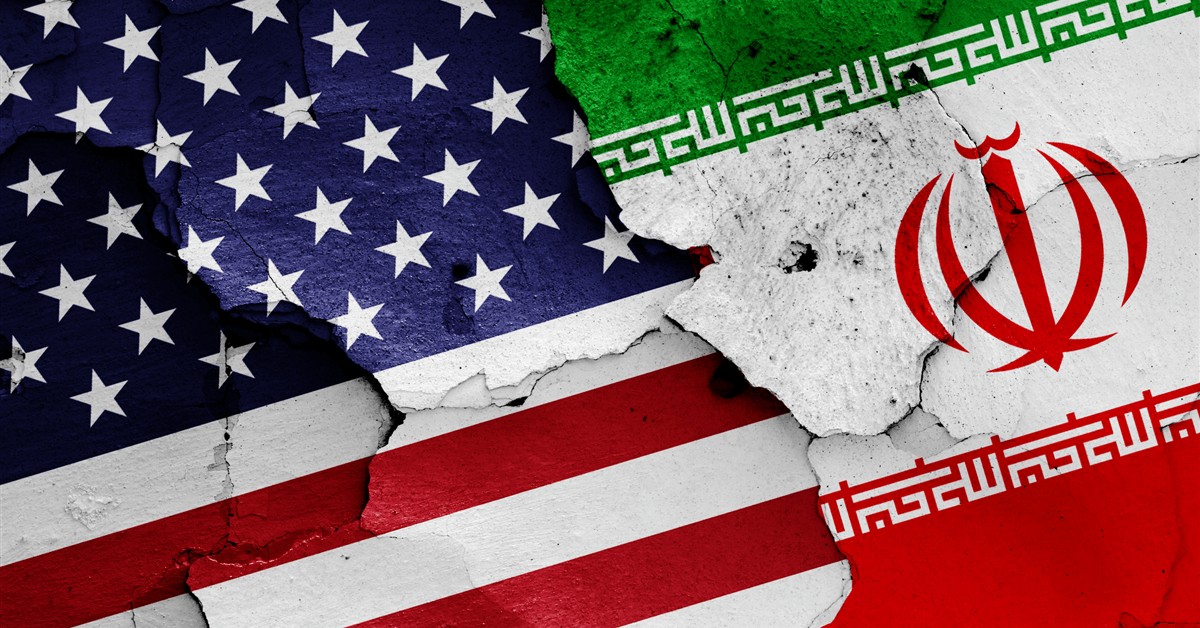In a Skandinaviska Enskilda Banken AB (SEB) report sent to Rigzone recently, Bjarne Schieldrop, the chief commodities analyst at the company, outlined that “the signals from the incoming U.S. administration” point to a “maximum pressure on Iran” approach.
“Last time Donald Trump was president he drove down Iranian oil exports to close to zero as he exited the Joint Comprehensive Plan of Action Iranian nuclear deal and implemented maximum sanctions,” Schieldrop said in the report.
“A repeat of that would remove all talk about a surplus oil market next year leaving room for the rest of OPEC+ as well as the U.S. to lift production a little,” he added.
“It would however probably require some kind of cooperation with China in some kind of overall U.S. – China trade deal. Because it is hard to prevent oil flowing from Iran to China as long as China wants to buy large amounts,” Schieldrop went on to state.
In an oil market analysis sent to Rigzone last Friday, Samer Hasn, a senior market analyst at XS.com, highlighted that a “bullish factor could come from the re-establishing of severe restrictions on Iranian oil exports when Donald Trump returns to the White House”.
Rigzone has contacted the Trump transition team for comment on Schieldrop and Hasn’s statements. At the time of writing, Trump’s transition team has not yet responded to Rigzone’s request.
A White House fact sheet published on May 8, 2018, revealed that then U.S. President Donald J. Trump was terminating the United States’ participation in the Joint Comprehensive Plan of Action with Iran and re-imposing sanctions lifted under the deal.
“The Iran Deal was one of the worst and most one-sided transactions the United States has ever entered into,” Trump stated in that fact sheet.
Iran’s petroleum and other liquid fuels production averaged 4.43 million barrels per day in the third quarter of 2024, according to the U.S. Energy Information Administration’s latest short term energy outlook (STEO), which was published last week.
That STEO showed that Iran’s petroleum and other liquid fuels production averaged 4.32 million barrels per day in the second quarter, 4.43 million barrels per day in the first quarter, and 3.99 million barrels per day overall in 2023.
Iran’s crude oil production averaged 3.34 million barrels per day last quarter, according to the STEO, which highlighted that the country’s crude oil output came in at 3.26 million barrels per day in the second quarter, 3.24 million barrels per day in the first quarter, and 2.87 million barrels per day overall in 2023.
The Energy Institute’s (EI) 2024 statistical review of world energy, which was released earlier this year, showed that Iran’s oil production stood at 4.662 million barrels per day in 2023. That figure marked an 18.2 percent year on year increase and 4.8 percent of global oil production in 2023, the review highlighted. From 2013 to 2023, Iran’s oil production has increased by an average of 2.6 percent per year, the review outlined.
According to the EI review, Iran’s crude oil and condensate production averaged 3.940 million barrels per day in 2023. That figure represented a 19.0 percent year on year growth rate and 4.8 percent of global crude oil and condensate output, the review highlighted. From 2013 to 2023, Iran’s crude oil and condensate production has grown by 2.1 percent every year, the review revealed.
The EIA’s petroleum and other liquid fuels figure includes crude oil, lease condensate, natural gas plant liquids, other liquids, refinery processing gain, and other unaccounted-for liquids, the STEO highlights.
The EI’s oil production figure includes crude oil, shale oil, oil sands, condensates (lease condensate or gas condensates that require further refining), and NGLs (natural gas liquids – ethane, LPG and naphtha separated from the production of natural gas), the review pointed out.
It excludes liquid fuels from other sources, such as biofuels, and synthetic derivatives of coal and natural gas. It also excludes liquid fuel adjustment factors, such as refinery processing gain, and oil shales/kerogen extracted in solid form.
Crude oil and condensate figures in the EI review include crude oil, shale/tight oil, oil sands, and lease condensate or gas condensates that require further refining, the review shows. They exclude liquid fuels from other sources such as biomass and synthetic derivatives of coal and natural gas.
To contact the author, email andreas.exarheas@rigzone.com
